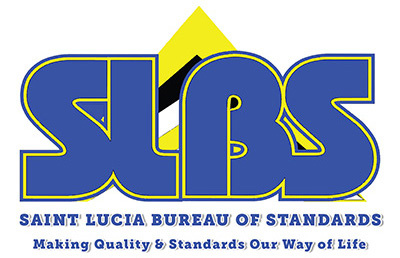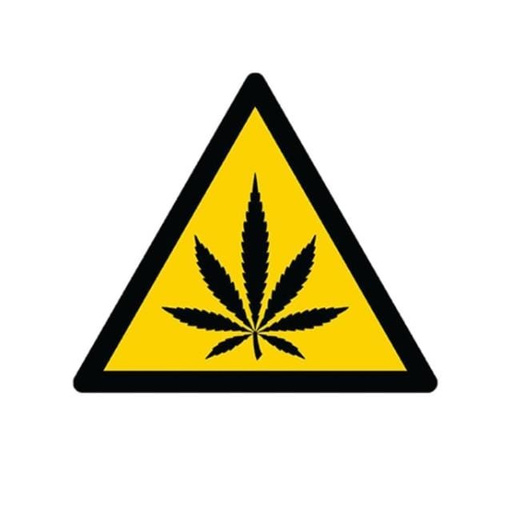1.1 This guide covers the recommended video surveillance system for protecting resin cannabis, resin cannabis products, resin cannabis waste, currency, people, property, and assets.
1.2 Units—The values stated in inch-pound units are to be regarded as the standard. The values given in parentheses are mathematical conversions to SI units that are provided for information only and are not considered standard.
1.3 This standard does not purport to address all of the safety concerns, if any, associated with its use. It is the responsibility of the user of this standard to establish appropriate safety, health, and environmental practices and deter[1]mine the applicability of regulatory limitations as defined by the Authority Having Jurisdiction (AHJ) prior to use.
1.4 This international standard was developed in accordance with internationally recognized principles on standardization established in the Decision on Principles for the Development of International Standards, Guides and Recommendations issued by the World Trade Organization Technical Barriers to Trade (TBT) Committee.
1.1 This practice provides the management responsibilities for the implementation and oversight of a quality management system (QMS). It can be applied to all cannabis operations, including cultivation, manufacturing, labeling, dispensing, and distribution. This practice does not address the quality management system details, but rather focuses on the main considerations for management’s role in setting up a QMS. Guide D8222 provides an overview and some details about the components of a QMS. Other standards provide details on specific QMS components.
1.2 The term GxP as used in this practice is meant to include those good practices in the activities included in 1.1; namely cultivation, manufacturing, distribution, and all the relevant functions associated with these activities (for example, purchasing, testing, storing, and so forth)
1.3 Although this practice mentions the importance of health and safety, it is done so in the context of overall management responsibility. This practice does not address details of a health and safety system, but it identifies the importance of this as a management responsibility.
1.4 This practice encompasses a single component of the QMS (management responsibilities) that, when combined with the other elements, satisfies the requirements of a complete QMS.
1.5 The practices described in this standard are intended to apply to all products of a cannabis plant including those that can be classified as hemp and which contain cannabinoids and can be consumed/ingested via mouth, nose, skin (whether described as medicine, supplements, food, cosmetics, and so forth).
1.6 This standard does not purport to address all of the safety concerns, if any, associated with its use. It is the responsibility of the user of this standard to establish appropriate safety, health, and environmental practices and deter[1]mine the applicability of regulatory limitations prior to use.
1.7 This international standard was developed in accordance with internationally recognized principles on standardization established in the Decision on Principles for the Development of International Standards, Guides and Recommendations issued by the World Trade Organization Technical Barriers to Trade (TBT) Committee.
1.1 This guide provides recommendations for a laboratory licensed or otherwise designated to provide analytical support within the cannabis/hemp industry. Within the scope of this guide, the term cannabis/hemp is inclusive of hemp plants and derived products. This guide presents best laboratory practices, recommended certifications, recommended types of analyses typically required in the cannabis/hemp industry, and recommended quality functions associated with laboratories supporting the cannabis/hemp industry.
1.2 These recommendations establish a basis for oversight for the analytical testing of cannabis/hemp products. This guide was developed as a complement to existing best practices and, in supporting conformance to current good manufacturing practices (GMP), which are typically required regulatory practices relevant to the cannabis/hemp industries; these recommendations focus on the personnel, security, sample handling and disposal, quality support, data management and reporting activities.
1.3 This guide generally describes the properties of cannabis/hemp, and cannabis/hemp/cannabis-hemp-derived products to be analyzed.
1.4 No recommendations found within this guide shall preclude observance of regulations from authorities having regional jurisdiction, which may be more restrictive or have different requirements.
1.5 This guide applies to all cannabis/hemp containing products commercially manufactured and distributed for consumer use.
1.6 Units—The values stated in SI units are to be regarded as the standard. No other units of measurement are included in this standard.
1.7 This guide does not purport to address all laboratory safety concerns associated with its use. It is the responsibility of the user of this guide to establish appropriate safety and health practices, maintain all safety data sheets (SDS), and document safe practices through work instructions and standard operating procedures (SOPs).
1.8 This standard does not purport to address all of the safety concerns, if any, associated with its use. It is the responsibility of the user of this standard to establish appropriate safety, health, and environmental practices and determine the applicability of regulatory limitations prior to use.
1.9 This international standard was developed in accordance with internationally recognized principles on standardization established in the Decision on Principles for the Development of International Standards, Guides and Recommendations issued by the World Trade Organization Technical Barriers to Trade (TBT) Committee.
1.1 This terminology is a compilation of definitions of technical terms used in the cannabis industry. Terms that are generally understood or adequately defined in other readily available sources are not included.
1.2 When a term is used in an ASTM document for which Committee D37 is responsible it is included only when judged, after review by Subcommittee D37.91, to be a generally usable term.
1.3 Definitions that are identical to those published by other ASTM committees or other standards organizations are identified with the committee number (for example, D20) or with the abbreviation of the name of the organization (for example, IUPAC, International Union of Pure and Applied Chemistry).
1.4 A definition is a single sentence with additional information included in discussions.
1.5 Definitions are followed by the committee responsible for the standard(s) (for example, [D37.01]) and standard designation(s) in which they are used (for example, D8219).
1.6 Abbreviated Terminology:
1.6.1 Abbreviated terminology is intended to provide uniform contractions of terms relating to cannabis that have evolved through widespread common usage. The compilation in this standard has been prepared to avoid the occurrence of more than one abbreviated term for a given cannabis term and to avoid multiple meanings for abbreviated terms.
1.6.2 The abbreviated terminology and descriptions in this standard are intended to be consistent with usage in the cannabis industry and the standards under D37 jurisdiction. Other ASTM committees may assign a different word-phrase description to the same abbreviated terminology. In such cases, the abbreviated terms in this standard shall apply to usage in D37 standards, or if widespread misunderstanding could result from conflicting abbreviated terminology descriptions, the abbreviated terminology for the word-phrase shall not be used in D37 standards.
1.6.3 Acronyms and Initialisms—A word formed from the letters or parts of words of a longer word-phrase, usually from the initial letters or parts of the words. An acronym is pronounced as a word (for example, radar for radio detection and ranging). An initialism is pronounced as a series of letters (for example, DOT for Department of Transportation).
1.6.4 The acronym or initialism description is the origin word-phrase for the acronym or initialism, not a definition.
1.7 This standard does not purport to address all of the safety concerns, if any, associated with its use. It is the responsibility of the user of this standard to establish appropriate safety, health, and environmental practices and determine the applicability of regulatory limitations prior to use.
1.8 This international standard was developed in accordance with internationally recognized principles on standardization established in the Decision on Principles for the Development of International Standards, Guides and Recommendations issued by the World Trade Organization Technical Barriers to Trade (TBT) Committee.
1.1 This guide can provide certification bodies, training providers, employers, and certificate issuers, with best-practice guidance for administering their respective programs for transportation and logistics-related professions within the cannabis and hemp industries.
1.2 This guide recommends requirements for experience, training, education, and the body of knowledge (BoK) necessary for transportation-related professions within the cannabis and hemp industries listed in Table 1.
1.3 This guide provides recommendations for articulating professional requirements for training and education or earning certificates. Its content does not supersede requirements for training or earning a certificate defined by jurisdictional entities such as government or other regional regulatory bodies.
1.4 This standard does not purport to address all of the safety concerns, if any, associated with its use. It is the responsibility of the user of this standard to establish appropriate safety, health, and environmental practices and determine the applicability of regulatory limitations prior to use.
1.5 This international standard was developed in accordance with internationally recognized principles on standardization established in the Decision on Principles for the Development of International Standards, Guides and Recommendations issued by the World Trade Organization Technical Barriers to Trade (TBT) Committee.

Bisee Industrial Estate,
P.O. Box CP 5412 Castries - St. Lucia
Tel. (758) 453 0049/456 0546
Fax (758) 452 3561
E-mail: slbs@candw.lc


